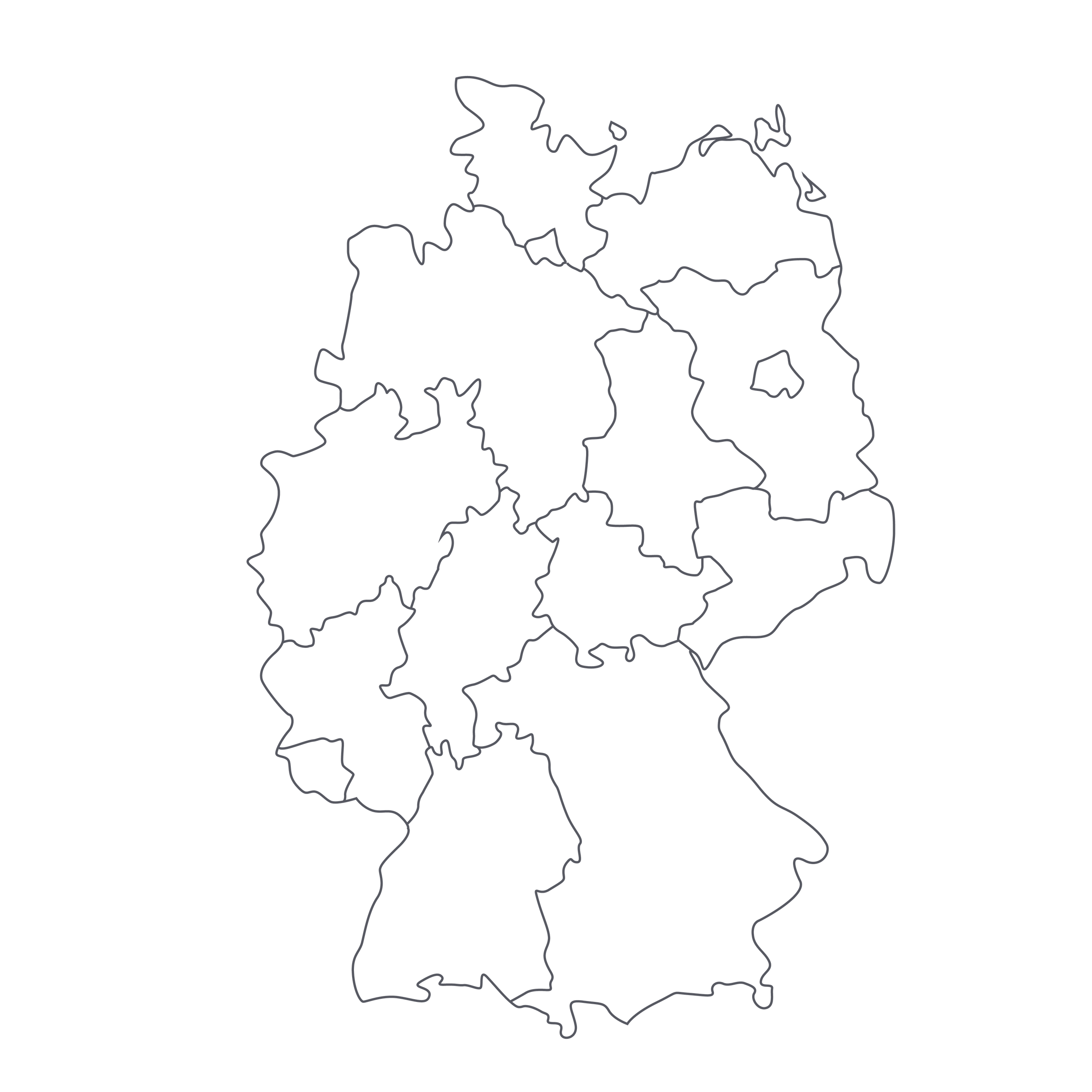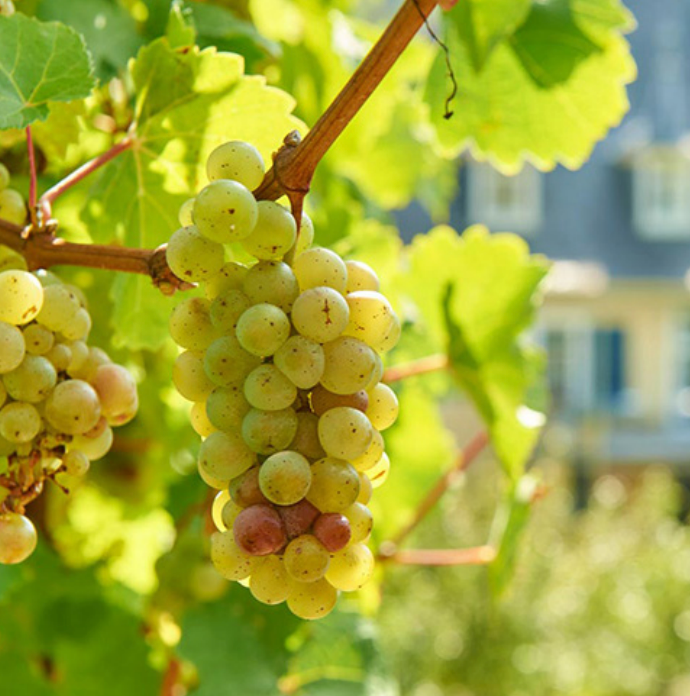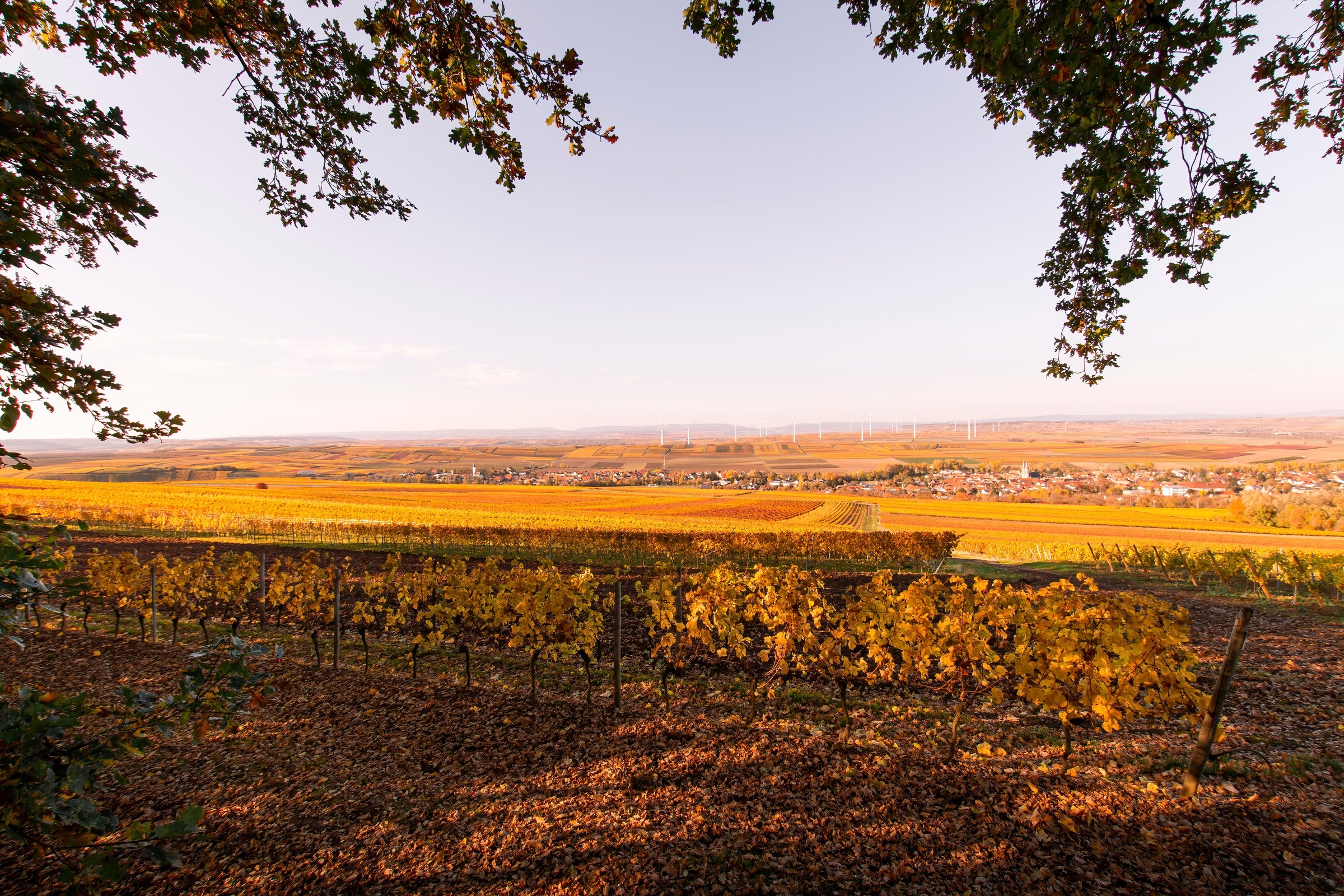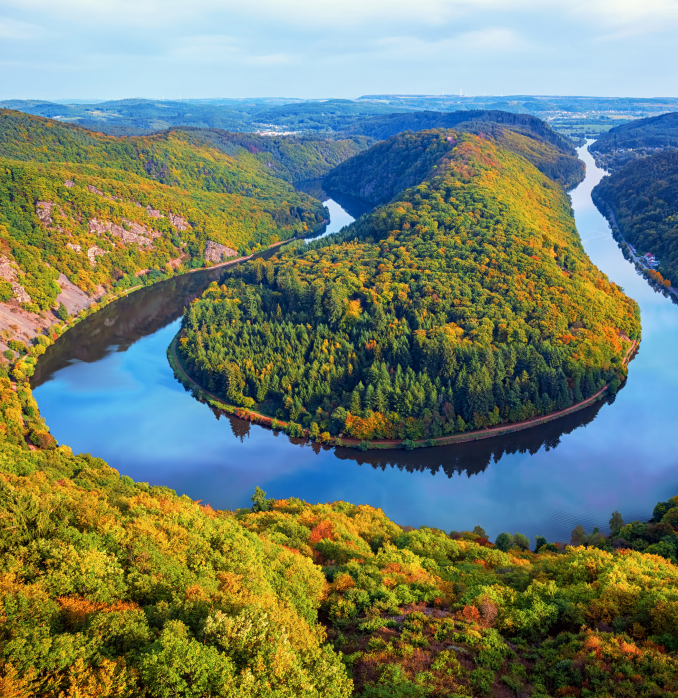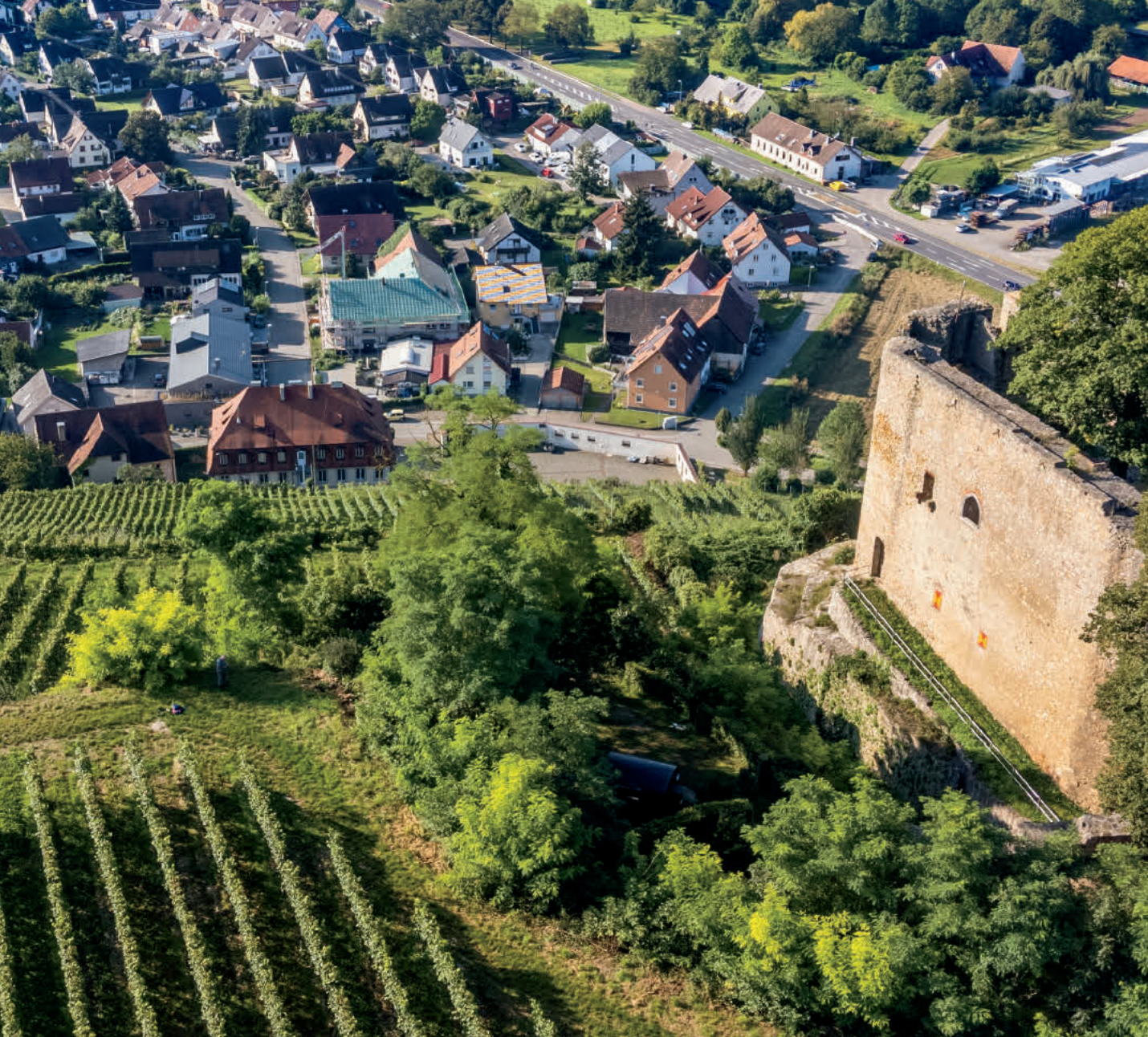Weingut Robert Weil was founded in 1875 in the small town of Kiedrich in the heart of the Rheingau. The Rheingau is one of Germany’s most highly regarded regions for Riesling and is located on the Taunus Mountain Range just a short drive southwest of Hamburg. The state-of-the-art winery is flawless; not one item is out of place or detail overlook and the wines reflect this attention to detail. There is a plethora of temperature-controlled fermentation vessels for the winemaker to use from large traditional Rheingau “Stück” casks of 1,200 liters to “Doppelstück” casks of 2,400 and 4,800-liters cask all the way down to tiny, waist-high stainless tanks for the smallest lots of late-harvest wines, known as Trockenbeerenauslese (TBA). For this particular wine, whole clusters are gently pressed into large traditional casks where micro-oxidation assists in creating more complexity to the final wine. All of the wines are all fermented with natural yeasts, including this example, which is fermented dry, or “Trocken.” Germany regulates that Trocken wines contain less than nine g/hl of residual sugar; the small amount of sugar softens the incredibly high and refreshing natural acidity in the Riesling varietal.
Robert Weil’s three most prized sites are today’s Klosterberg vineyard, the Turmberg vineyard, and most expensive, flagship Gräfenberg, all of which are located in the village of Kiedrich. These are all high altitude sites which are some of the most beautiful in all of Germany. The Weil Estate has written some interesting information about this vineyard:
“The name Klosterberg (literally, monastery hill) derives from “Closterweg,” the old path that ran through this vineyard in Kiedrich en route between the monastery Kloster Eberbach and its mill near Eltville. The shallow to deep stony-gritty soils of the southwest-facing site are of Devonian (colored sandstone) and pre-Devonian (phyllite and serecite gneiss) origin, and are mixed with gravelly loess. Overall, but particularly in its hillside sites, the Rheingau is geologically diverse, as manifested in the Klosterberg site – one of but many microcosms that make up the entire region. The numerous rock formations throughout the region reflect its eventful geological history, the origins of which can be traced primarily to the sediment formations of the Mainz Basin, a prehistoric sea that covered the region some 45 million years ago. The Klosterberg’s fine, fertile earth derives from its slate content. Slate weathers easily. The serecite gneiss (low in mineral nutrients, but adds volume to the finished wine) is of volcanic origin from the Silurain Period. It is found exclusively in the hillside sites of the Rheingau. Phyllite (metamorphic clayish slate), present in all three Weil hillside sites in varying degrees, is characteristic in the eastern portion of the Rheingau, where it forms a ridge situated between the Rhine and the Taunus Hills. These soils are rich in minerals. As they weather, they ensure an ongoing supply of minerals to the soil. The various soils and rock formations within the Weil hillside sites account for the different taste profiles of the wines from the three sites. Klosterberg: full-bodied, even baroque in character; Turmberg: fine, mineral-rich tones; Gräfenberg: mineral-fruity notes with a long finish.”
The 2009 Kiedricher Klosterberg has a concentrated bright golden core moving to green-hued reflections on the rim. The powerful nose shows aromas of dried pineapple, nectarine, yellow cherries, lime blossoms, green mango, honeysuckle, petrol and crushed slate. The palate is bone-dry with focused flavors of yellow plums, pineapple core, green mango, wild flowers and fine minerals. This wine is peaking now and will stay at a great spot for the next 5-10 years if kept well. Ideally, serve in crystal Riesling or all-purpose white wine stems. Decant for an hour and serve around 50-55 degrees then enjoy the aromas evolve as the wine warms. Dry Riesling is very versatile with food and pairs particularly well with Thai, Malaysian, Vietnamese or Cantonese cuisine. One of my all time favorite dishes with a Riesling of this intensity is
Cantonese steamed fish. It is simple, but the purity and simplicity when paired with a wine like this is a serious gastronomic experience.


